Summer Phlox: The Ultimate Guide To Growing And Caring For These Beautiful Perennials
Title: Summer Phlox: The Ultimate Guide to Growing and Caring for These Beautiful Perennials
Introduction:
Summer phlox are a popular choice for gardeners because they are easy to grow and care for, and they produce beautiful blooms in a wide range of colors. In this blog post, we will provide an in-depth guide to growing and caring for summer phlox. We will cover everything from choosing the right location to planting and watering, as well as tips on how to prevent pests and diseases.
Main Content:
- Choosing the right location: Summer phlox prefer full sun, but they can tolerate some light shade. They also prefer well-drained soil that is rich in organic matter.
- Planting: Summer phlox can be planted in the spring or fall. When planting, dig a hole that is twice as wide as the root ball of the plant. Add some compost or other organic matter to the soil, and then plant the phlox at the same depth as it was growing in its pot. Water the plant well after planting.
- Watering: Summer phlox need regular watering, especially during the first year after planting. Water the plants deeply once a week, and more often during hot, dry weather.
- Fertilizing: Summer phlox benefit from regular fertilizing. Apply a balanced fertilizer once in the spring and again in the fall.
- Pests and diseases: Summer phlox are relatively resistant to pests and diseases. However, they can be susceptible to powdery mildew and aphids. If you see any signs of pests or diseases, treat them immediately with an appropriate insecticide or fungicide.
- Deadheading: To encourage continued blooming, deadhead spent flowers regularly. This will help to prevent the plant from setting seed, and it will also keep the plant looking its best.
- Winter care: Summer phlox are hardy in most climates. However, in colder climates, you may need to protect the plants from winter cold. Mulch the plants with a layer of straw or leaves, and you may also need to cover them with a frost cloth.
Conclusion:
Summer phlox are a beautiful and easy-to-grow addition to any garden. By following the tips in this blog post, you can ensure that your phlox will thrive for many years to come.
Visit Home Gardening for more information about summer phlox, including how to grow it, care for it, and choose the right varieties for your garden.
FAQ of summer phlox
- What are summer phlox?
Summer phlox are a type of flowering plant that is native to North America. They are known for their brightly colored blooms, which can range in color from white to pink to purple. Summer phlox are typically grown in full sun and well-drained soil. They are relatively easy to care for and can be a beautiful addition to any garden.
- How do I grow summer phlox?
To grow summer phlox, you will need to choose a sunny location with well-drained soil. The soil should be amended with compost or other organic matter before planting. Summer phlox can be planted in the spring or fall. Space the plants about 18 inches apart. Water the plants regularly, especially during the first year. Deadhead spent blooms to encourage more flowering.
- What are some common problems with summer phlox?
Some common problems with summer phlox include:
* Powdery mildew: This is a fungal disease that can cause white spots on the leaves. To control powdery mildew, you can use a fungicide or simply water the plants in the morning so that the leaves dry quickly.
* Aphids: These small insects can suck the sap from the leaves, causing them to wilt and discolor. To control aphids, you can use insecticidal soap or neem oil.
* Slugs and snails: These pests can eat the leaves and flowers of summer phlox. To control slugs and snails, you can use traps, beer traps, or diatomaceous earth.
- How long do summer phlox bloom?
Summer phlox typically bloom from midsummer to early fall. The exact timing of the bloom will vary depending on the variety of phlox and the climate.
- How do I deadhead summer phlox?
To deadhead summer phlox, simply pinch or snip off the spent blooms. This will encourage the plant to produce more flowers.
- How do I overwinter summer phlox?
In most climates, summer phlox is hardy to USDA Zones 3-8. However, in colder climates, you may need to protect the plants from frost. To overwinter summer phlox, you can mulch the plants with a layer of straw or leaves. You may also need to cover the plants with a burlap sack or other protective covering.
Image of summer phlox
- Pink summer phlox: This image shows a beautiful pink summer phlox plant in full bloom. The flowers are large and showy, with a delicate pink color.
- White summer phlox: This image shows a white summer phlox plant in full bloom. The flowers are small and delicate, with a pure white color.
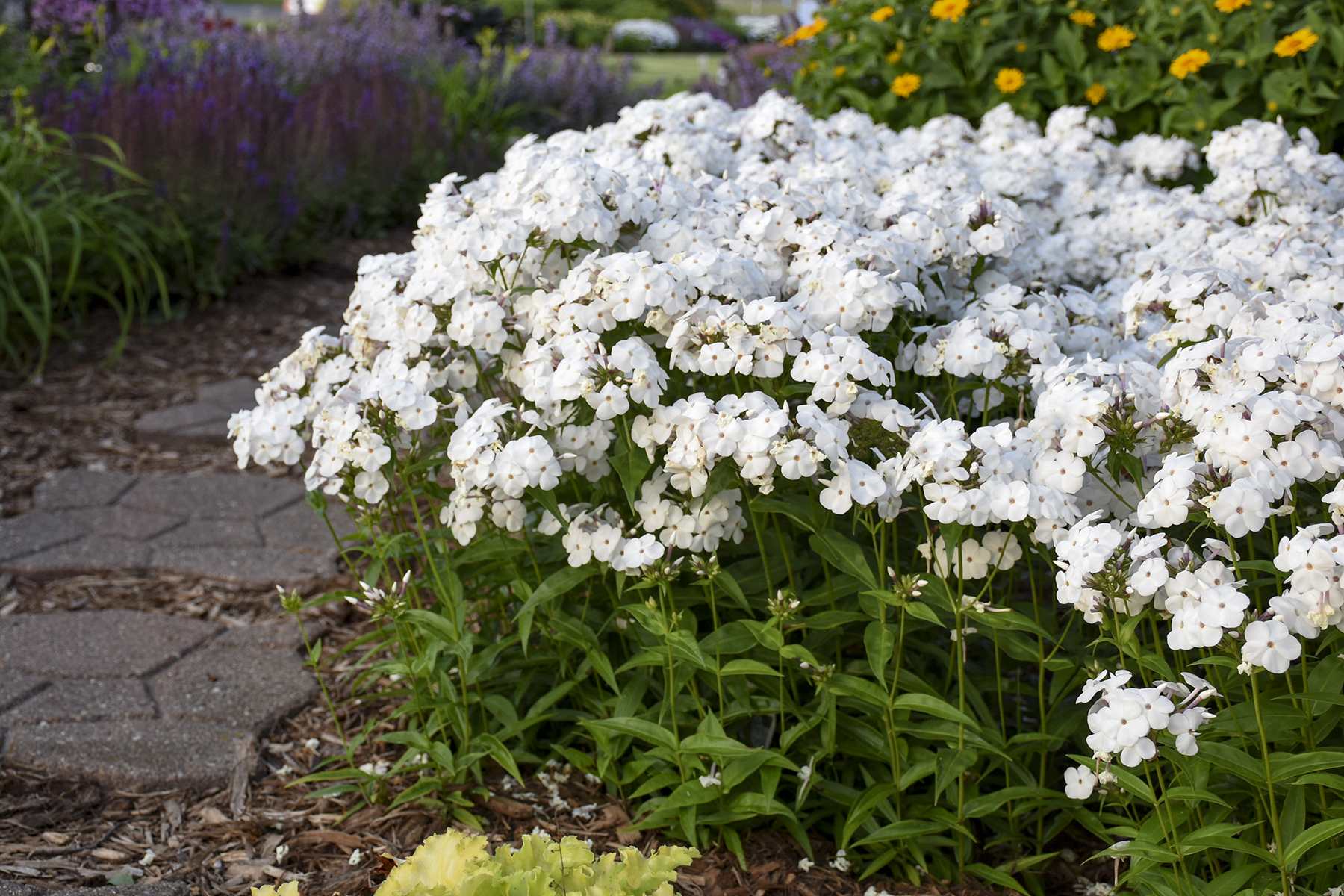
- Red summer phlox: This image shows a red summer phlox plant in full bloom. The flowers are large and showy, with a vibrant red color.
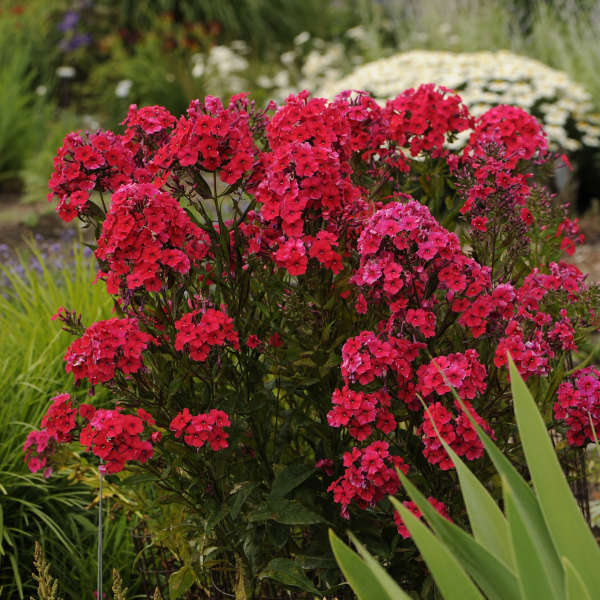
- Lavender summer phlox: This image shows a lavender summer phlox plant in full bloom. The flowers are small and delicate, with a soft lavender color.
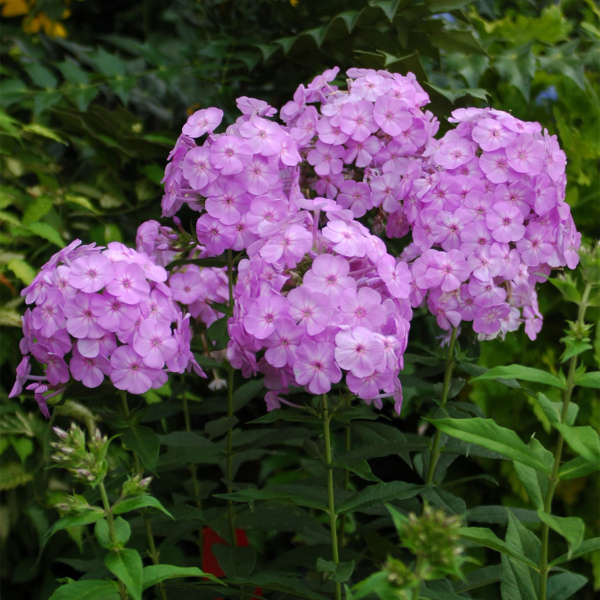
- Purple summer phlox: This image shows a purple summer phlox plant in full bloom. The flowers are large and showy, with a deep purple color.
- Bi-color summer phlox: This image shows a bi-color summer phlox plant in full bloom. The flowers are white with a pink eye, creating a beautiful contrast.
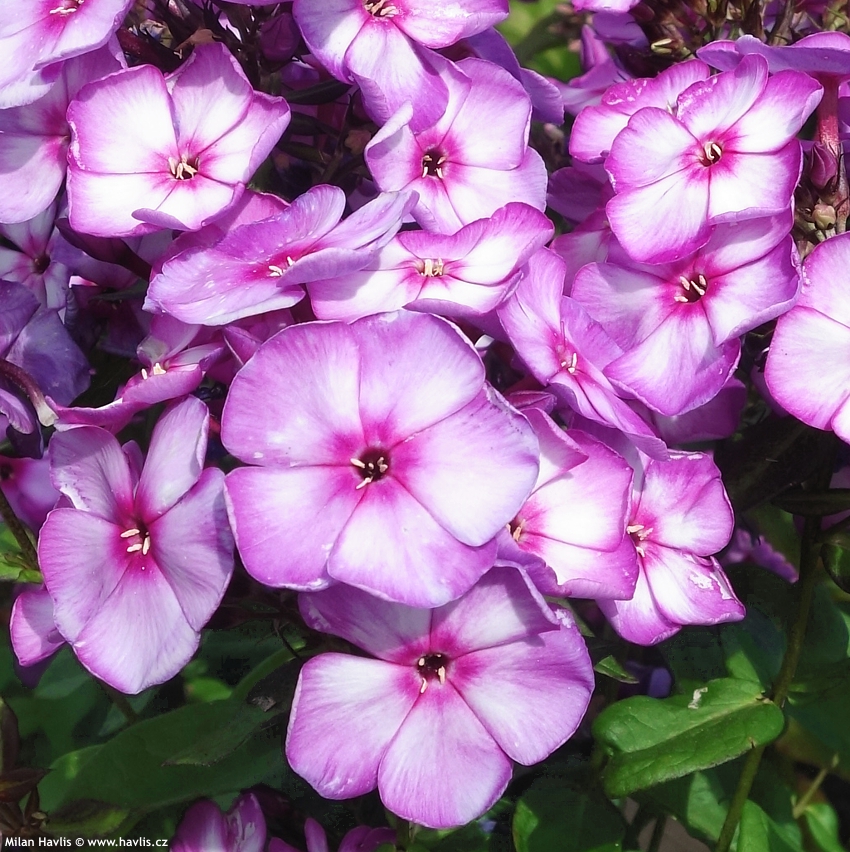
- Tall summer phlox: This image shows a tall summer phlox plant in full bloom. The flowers are large and showy, and the plant can grow up to 4 feet tall.
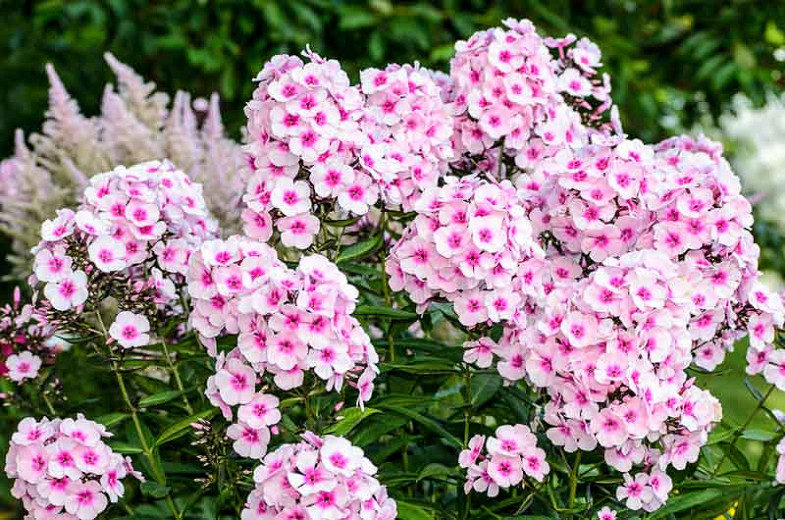
- Dwarf summer phlox: This image shows a dwarf summer phlox plant in full bloom. The flowers are small and delicate, and the plant only grows up to 1 foot tall.
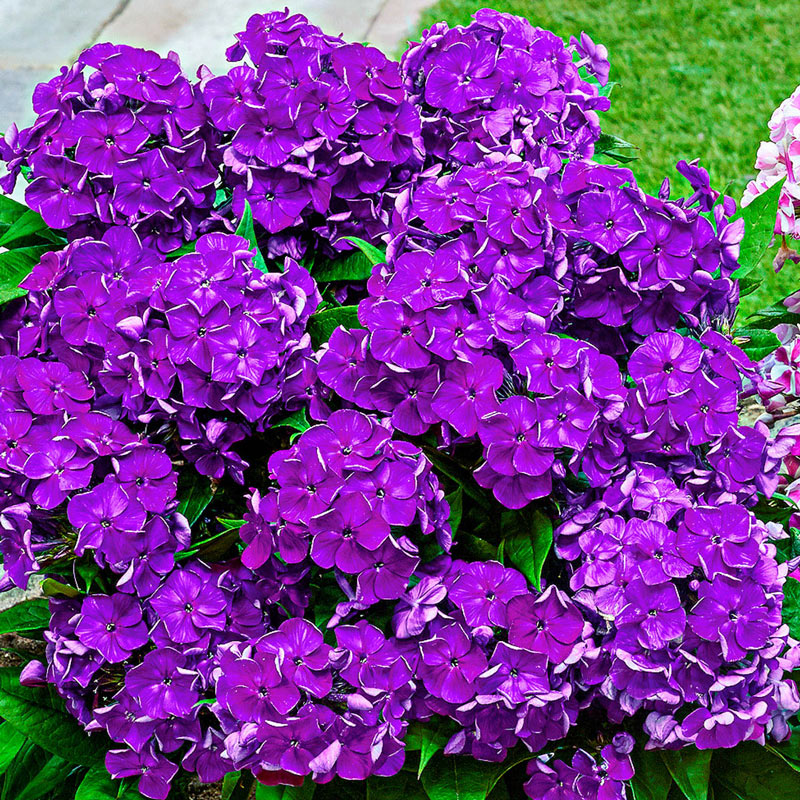
- Summer phlox in a garden: This image shows a summer phlox plant in a garden setting. The flowers are surrounded by other flowers and greenery, creating a beautiful and colorful display.
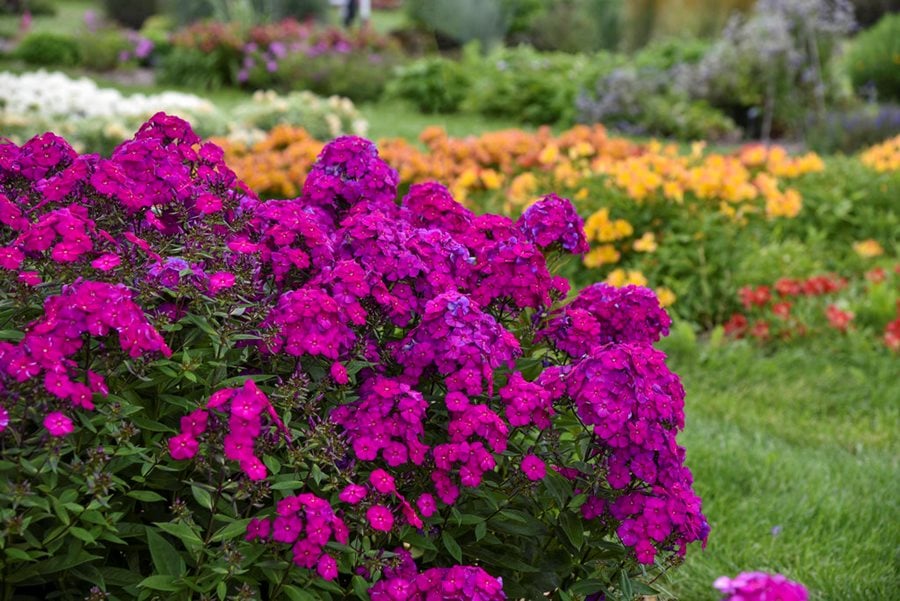

Post a Comment for "Summer Phlox: The Ultimate Guide To Growing And Caring For These Beautiful Perennials"